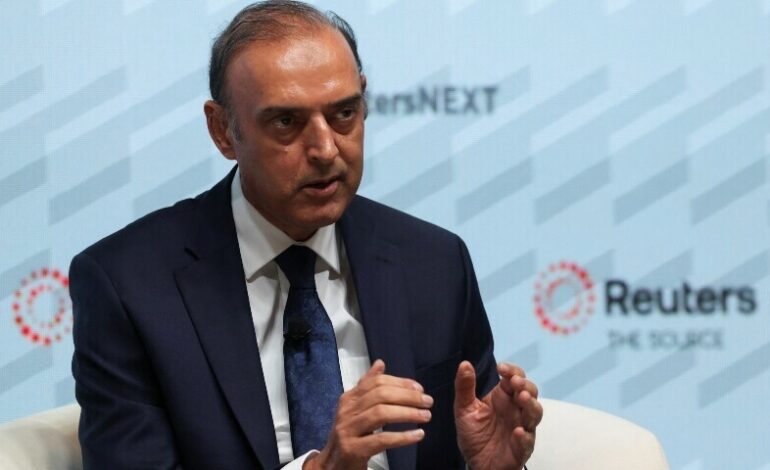
Pakistan Approves Digital Currency Pilot and Virtual Assets Law | SBP Takes Big Leap
The State Bank of Pakistan (SBP) is preparing to pilot a central bank digital currency (CBDC) and is finalising new legislation to regulate virtual assets, reflecting a significant step toward modernising the country’s financial ecosystem.
Speaking at the Reuters NEXT Asia Summit in Singapore, SBP Governor Jameel Ahmad highlighted that Pakistan is actively developing its digital currency infrastructure and intends to begin pilot testing in the near future. He also noted that a comprehensive legal framework is in the works to support the licensing and oversight of virtual asset service providers.
This initiative aligns Pakistan with global trends, as central banks in countries like China, India, Nigeria, and Gulf states have already begun piloting or issuing digital currencies. Pakistan’s push aims to balance the risks and opportunities presented by emerging financial technologies while ensuring regulatory clarity and stability.
Governor Ahmad, alongside Sri Lanka’s central bank chief, discussed the evolving challenges of monetary policy in South Asia. He emphasized that Pakistan’s digital asset regulations will be supported by partnerships with technology firms and the involvement of the newly established Pakistan Crypto Council (PCC).
The PCC, launched by the government in March, is driving efforts around blockchain and cryptocurrency adoption. Its CEO and State Minister for Blockchain, Bilal bin Saqib, confirmed that the government has approved the Virtual Assets Act 2025, which introduces an independent regulatory body — the Pakistan Virtual Asset Regulatory Authority (PVARA).
PVARA will be tasked with licensing and monitoring the virtual asset space, ensuring transparency, financial integrity, and alignment with international standards such as those from the Financial Action Task Force (FATF). The authority’s board will include top government and regulatory officials, along with independent experts in finance, law, and technology.
Under the new law, any person or company offering virtual asset services in or from Pakistan must obtain a license from PVARA. A defined licensing structure will be implemented, focusing on operational capacity, compliance standards, and reporting requirements. The legislation also introduces a regulatory sandbox to enable innovation while maintaining oversight.
To cater to Islamic finance needs, a Shariah Advisory Committee will guide the authority on the religious compliance of virtual financial products. Entities offering Islamic digital financial services will be bound by the committee’s rulings.
An appellate tribunal will be formed to handle disputes, staffed by legal and technical experts to ensure fairness and subject matter understanding.
Meanwhile, the SBP reaffirmed its commitment to maintaining a tight monetary policy to stabilize inflation, which has dropped from 38% in May 2023 to 3.2% in June 2025. The central bank reduced interest rates from 22% to 11% over the past year, helping restore external balance and domestic price stability.
Governor Ahmad clarified that Pakistan is not significantly exposed to fluctuations in the U.S. dollar, with only a small portion of its debt in Eurobonds or commercial loans. The country’s foreign reserves have improved substantially, reaching $14.5 billion from under $3 billion two years ago.
He also expressed confidence in Pakistan’s ongoing $7 billion IMF program, which runs through 2027. The program has driven key reforms in fiscal management, energy pricing, and foreign exchange policy. Ahmad believes the progress made may reduce the need for an immediate follow-up arrangement after the program ends.
While there was speculation about financing plans for military imports from China, Ahmad stated that the central bank is not involved or aware of such developments.
Overall, Pakistan’s approval of the Virtual Assets Act 2025 marks a pivotal moment in shaping a regulated and forward-thinking digital financial environment, reinforcing its commitment to technological innovation with institutional safeguards.






